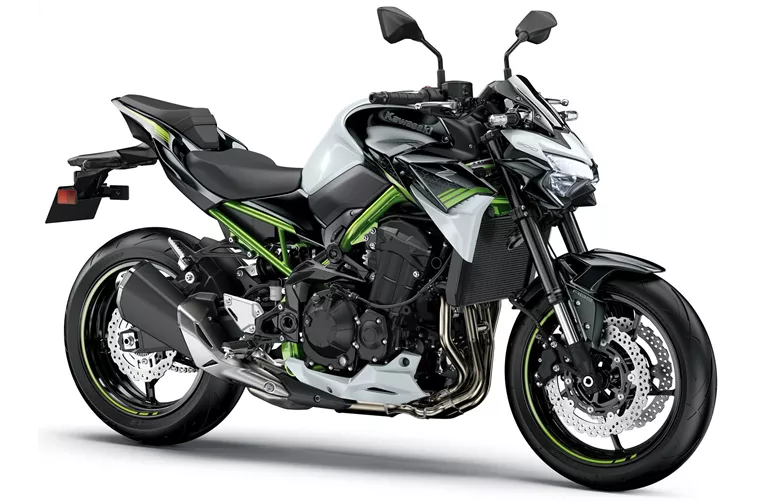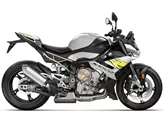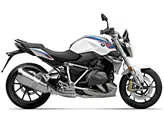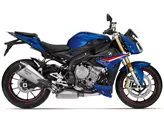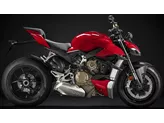Kawasaki Z900 2020 vs. BMW S 1000 R 2016
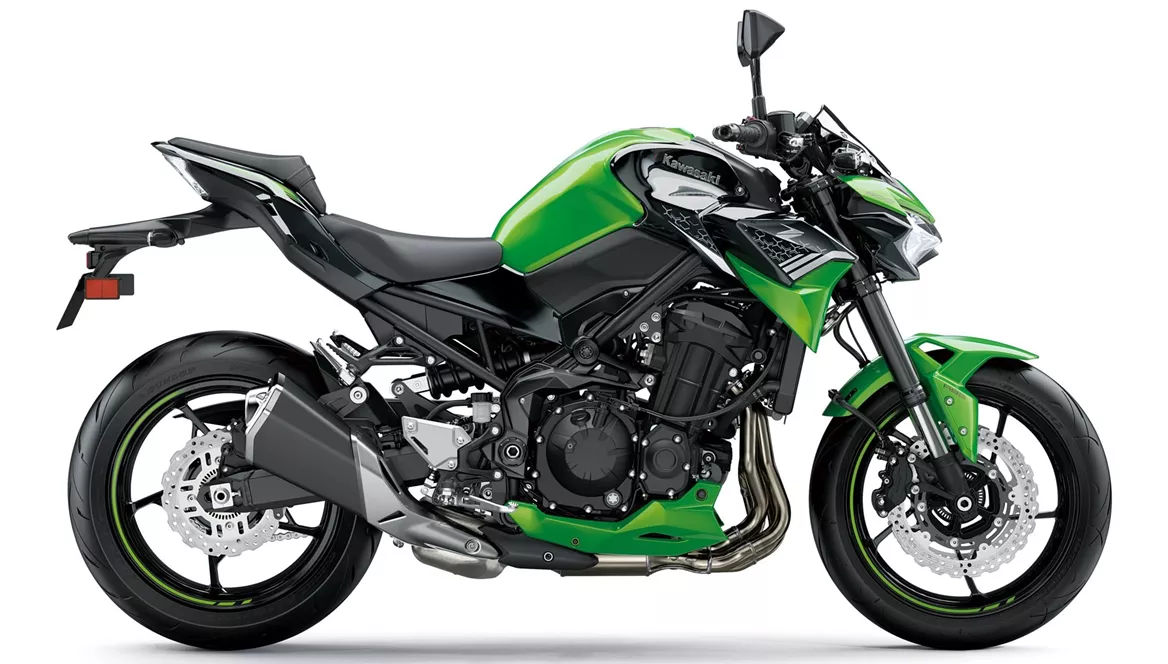
Kawasaki Z900 2020

BMW S 1000 R 2016
Visão geral - Kawasaki Z900 2020 vs BMW S 1000 R 2016
The Kawasaki Z900 2020 and the BMW S 1000 R 2016 are both naked bikes with inline four-cylinder engines and similar suspension systems. However, there are several key differences between the two models.
In terms of power, the BMW S 1000 R 2016 has a clear advantage with 160 horsepower compared to the Kawasaki Z900 2020's 125.4 horsepower. The BMW also has a higher torque of 112 Nm compared to the Kawasaki's 98.6 Nm. This means that the BMW will likely offer more aggressive acceleration and a higher top speed.
Both bikes have four cylinders and similar engine displacements, with the Kawasaki at 948cc and the BMW at 999cc. This means that they should have similar levels of smoothness and refinement.
In terms of suspension, both bikes feature upside-down telescopic forks at the front and a monoshock at the rear. This should provide good handling and stability for both models. However, the BMW S 1000 R 2016 has the advantage of a dynamic suspension system, which can adjust the damping characteristics based on the riding conditions. This can provide a more comfortable and controlled ride.
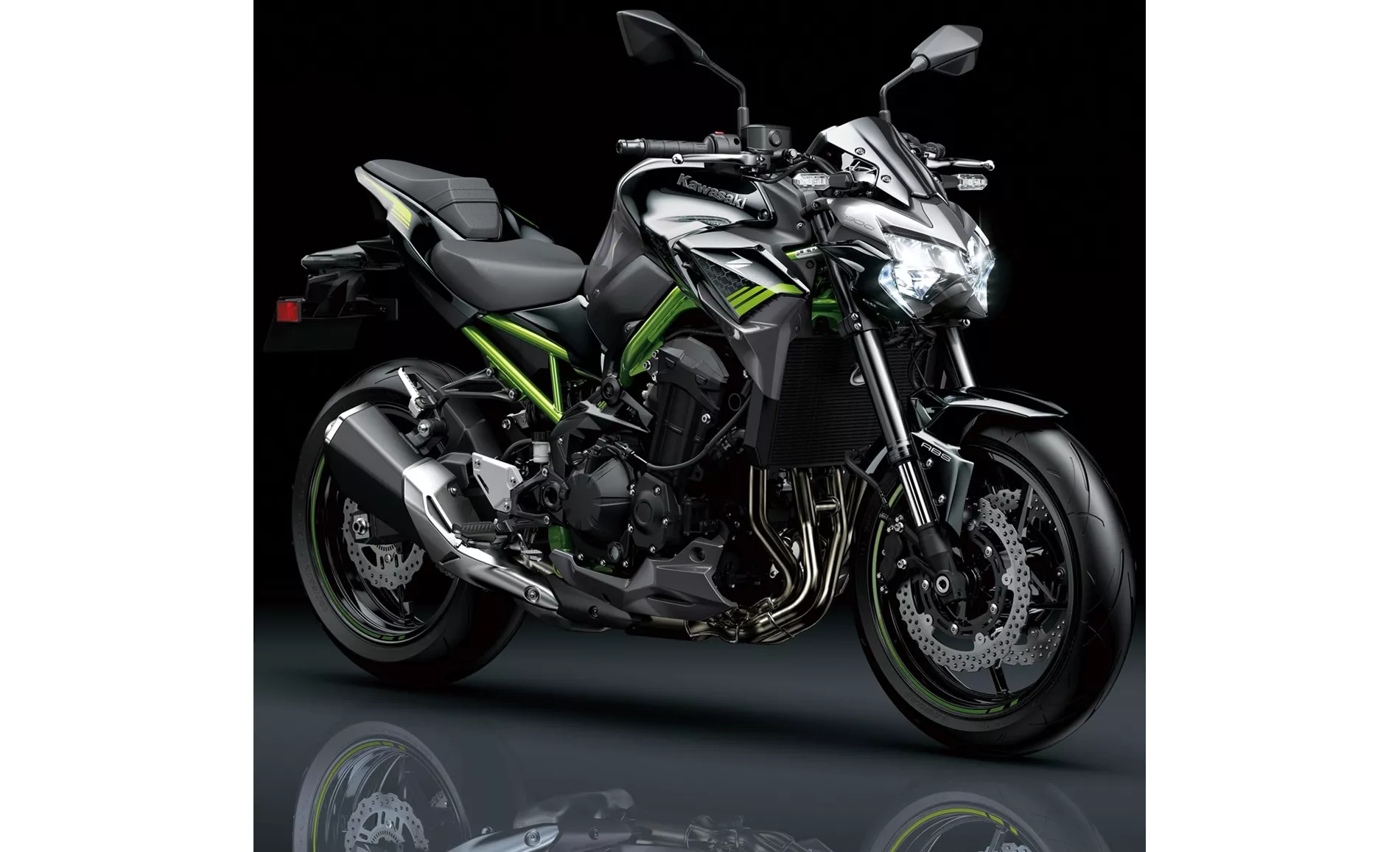
Kawasaki Z900 2020
When it comes to the chassis, the Kawasaki Z900 2020 has a steel frame, while the BMW S 1000 R 2016 has an aluminum frame. Aluminum frames are generally lighter and offer better rigidity, which can contribute to improved handling and maneuverability. However, the Kawasaki's steel frame may offer a more comfortable ride due to its ability to absorb vibrations.
In terms of braking, both bikes feature dual disc brakes at the front with four-piston calipers. However, the BMW S 1000 R 2016 has the advantage of radial technology, which can provide better braking performance and control.
Both bikes come with advanced rider assistance systems such as ABS, ride modes, and traction control. These systems can enhance safety and provide a more tailored riding experience.

BMW S 1000 R 2016
In terms of dimensions and weights, the Kawasaki Z900 2020 has a wider front tire at 120mm compared to the BMW's 120mm. The BMW, on the other hand, has a wider rear tire at 190mm compared to the Kawasaki's 180mm. The Kawasaki also has a slightly longer wheelbase at 1450mm compared to the BMW's 1439mm. The seat height is higher on the BMW at 814mm compared to the Kawasaki's 795mm. The weight of the bikes is similar, with the Kawasaki weighing 210kg and the BMW weighing 207kg.
In terms of strengths, the Kawasaki Z900 2020 offers a powerful four-cylinder engine, excellent handling, good equipment, an aggressive appearance, and a good value for money. On the other hand, the BMW S 1000 R 2016 offers a powerful and controllable engine, a powerful braking system, and a comfortable seating position.
In terms of weaknesses, the Kawasaki Z900 2020 has a slightly tiresome menu navigation and lacks the option for a quickshifter. The BMW S 1000 R 2016 has optional extras that can be expensive and a rigid chassis.
Overall, both bikes have their strengths and weaknesses, and the choice between them will depend on individual preferences and priorities.
Especificações técnicas Kawasaki Z900 2020 em comparação com BMW S 1000 R 2016
Prós e contras em comparação
Prós e contras em comparação
Kawasaki Z900 2020
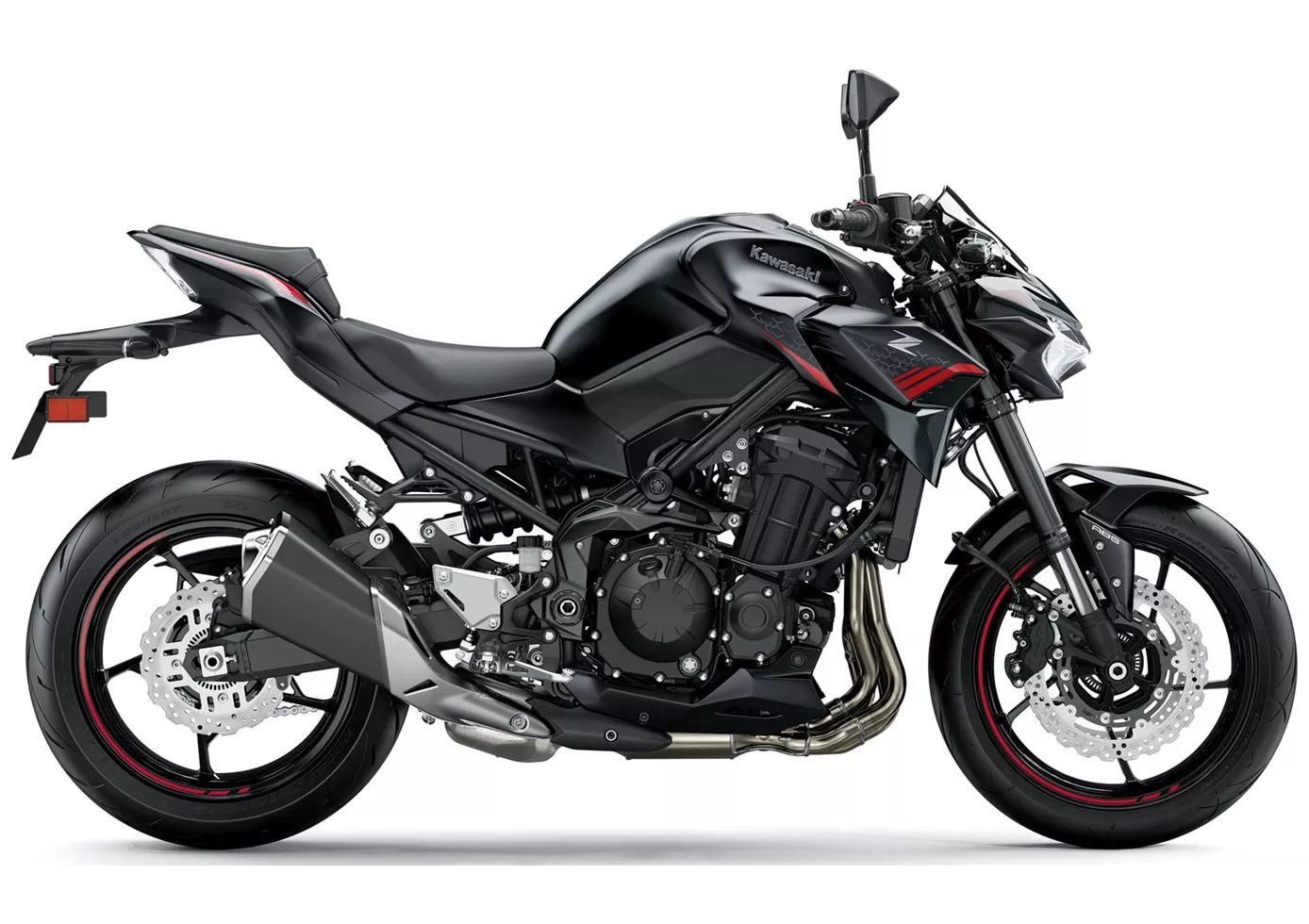
Em termos de preço-desempenho, a Kawasaki Z900 é difícil de bater neste momento. Com o motor perfeitamente afinado, os componentes do quadro de alta qualidade e a eletrónica adicionada para 2020, esta moto naked oferece tudo o que os condutores desportivos procuram. Não há realmente nada a reclamar, mesmo que a opção de uma alavanca de mudanças rápidas tivesse sido um bom extra. Para além disso: grande tiro, Kawasaki!
BMW S 1000 R 2016

Com a BMW S 1000 R, nota-se tanto a estreita relação com a superbike S 1000 RR como o esforço para equipar a máquina com um elevado grau de conforto para estradas rurais e utilização diária. Assim, a unidade de potência de 1000cc e quatro cilindros é bruta e, no entanto, facilmente controlável, e a posição de assento é correspondentemente desportiva e confortável. O facto de a S 1000 R ser uma das motos "naked" de potência mais acessíveis é surpreendente e muito agradável, embora não se deva ter em conta a lista de extras opcionais - porque graças às muitas características irresistíveis, será certamente mais cara.
Comparação de preços Preço médio de mercado Kawasaki Z900 vs BMW S 1000 R
There are a few key differences between a Kawasaki Z900 2020 and a BMW S 1000 R 2016. In terms of price, the actual average price of a BMW S 1000 R 2016 is about 29% higher. Compared to BMW S 1000 R 2016 there are more Kawasaki Z900 2020 bikes available on the 1000PS.de Marketplace, specifically 34 compared to 10. It takes less time to sell a BMW S 1000 R with 69 days compared to 124 days for the Kawasaki Z900. Since model year 2017 1000PS.de editors have written 46 reviews for the Kawasaki Z900 and 62 reviews for the BMW S 1000 R since model year 2014. The first review for the Kawasaki Z900 was published on 11/11/2016 and now has more than 93.200 views. This compares to more than 17.300 views for the first review on BMW S 1000 R published on 03/11/2013.


